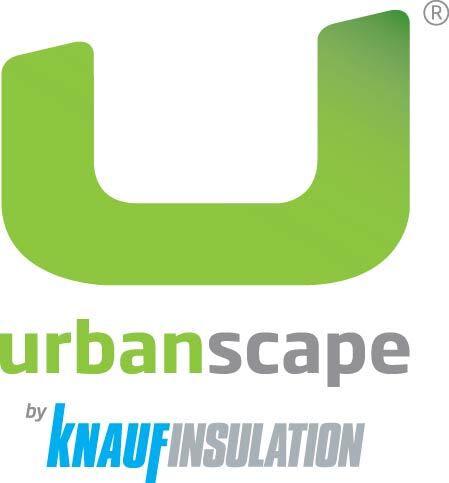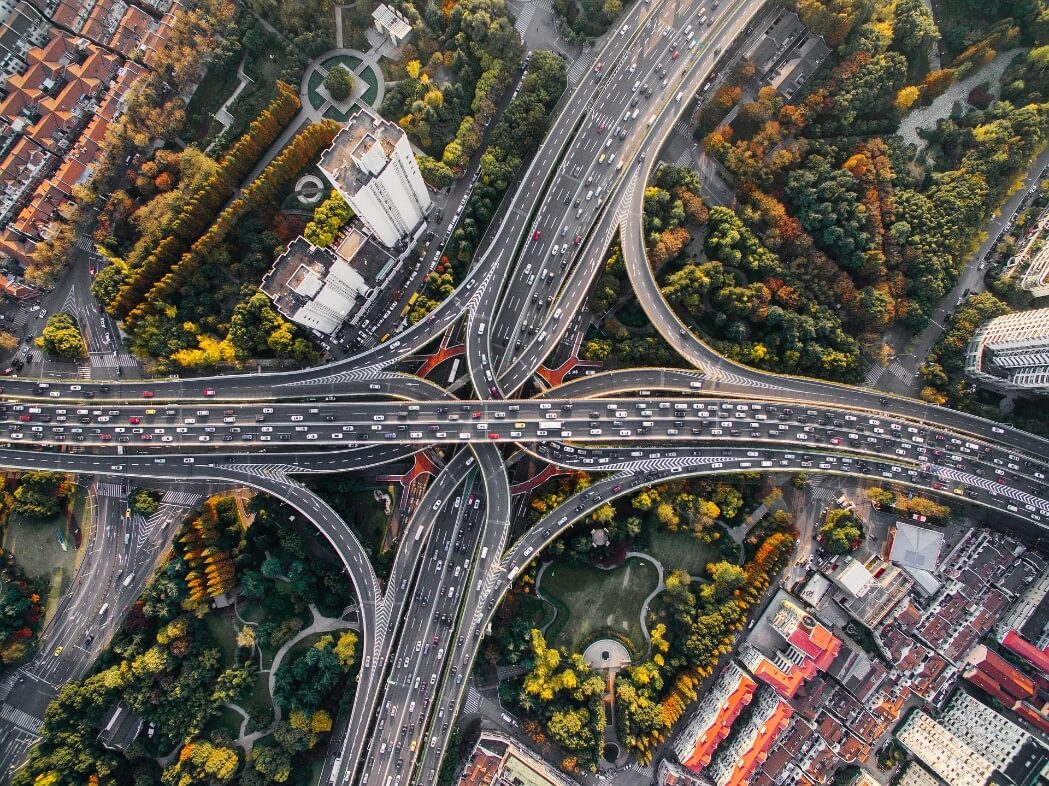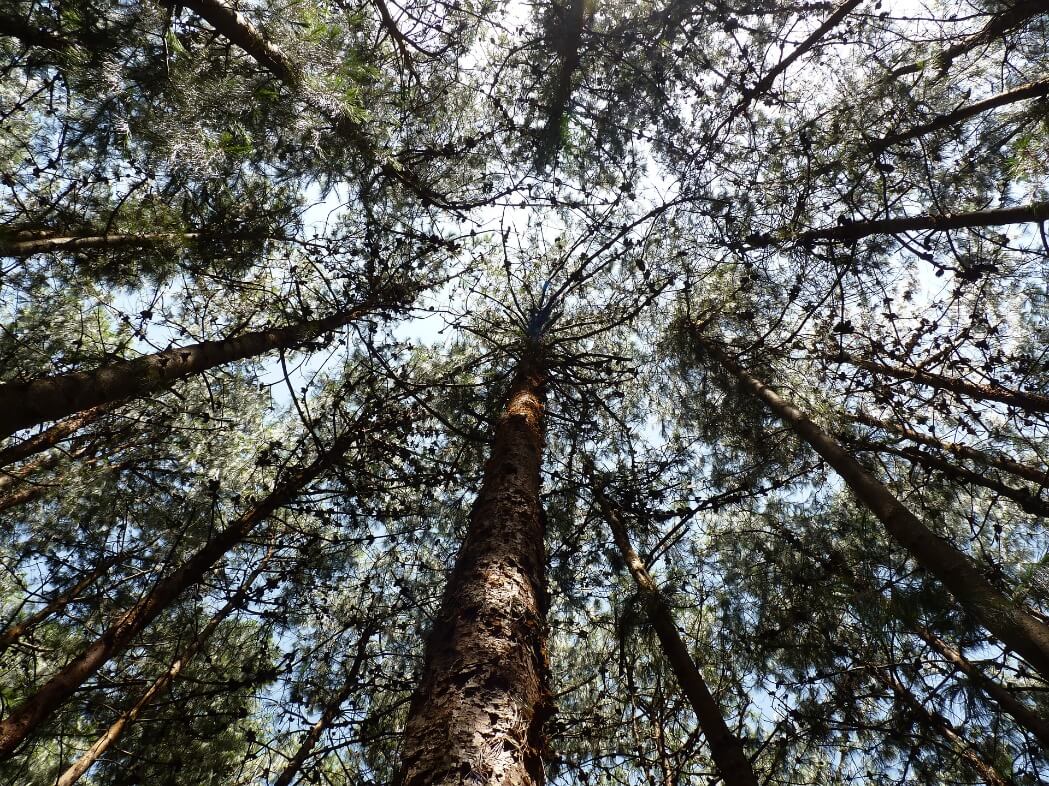JUN 5, 2017 /
A lot of positive effects come from planting trees in an urban environment. Planting trees can actually contribute to enjoying cleaner air, and by that contribute to a healthier life in the city, as trees absorb CO2 and produce oxygen, and also absorb pollutants like nitrogen, ammonia and sulphur dioxide.
By shading concrete streets, trees help reduce the temperature of the street and the entire city. With their shading properties, trees also help slow the evaporation of water from other plants. By planting trees the right way stormwater runoff, too, can be controlled.
In addition, trees can provide food, improve our mental wellbeing, lend a sense of identity to the neighbourhood; even real estate with more green areas around tends to have higher value than those with little or no green areas.
When planting trees in the cities it is good to consider certain points
It’s important to check the area where the trees will be planted, to check the quality of the soil, to plan the size of the planting pits so as to properly control runoff, consider the typical weather and overall climate and finally, to choose the right trees.
Let’s check those points in details:
(1) From the maintenance point of view it’s very important to check where trees are going to be planted – whether in pedestrian zones, along highways, close to paths, in parks and similar. Once we’ve considered the options, also the types of the trees can be chosen. Planting trees in regular or botanical parks actually requires less cutting than when planting in narrow streets with limited space. It’s also important to know whether there is a service available to clean fallen leaves from the streets, as some bigger leaves can be slippery after the rain and could be dangerous for pedestrians, bikers, even cars. Tree crowns should be sufficiently distant from buildings and roofs to ensure proper development of the tree and prevent any damage to the property from uncontrolled root development.
(2) If we would like to have a really nice avenue planted, one that would last for decades, even an entire century, it’s important to check the soil quality. Here we can also make some sustainable improvements by adding things like mineral wool flocks or cubes, which hold and retain moisture in the root layer longer, which is particularly important in times of drought. Mineral wool flocks or cubes can also improve the air regime in the soil owing to the structure of the wool fibres. If the soil is poor in minerals, we can always add some fertilizer, which can be added as part of the usual maintenance of the plants. And adding mineral wool to the soil also prevents nutrients in the water flowing away from the lower layers of the soil. In case of compressed soil, it is important to ensure good drainage, which can be achieved by adding perlite or clay pebbles to the planting pit.
(3) The size and shape of the tree area around the trunk depends on what specifically you want or hope to achieve. Drawing more water to and around the tree would mean having a larger area around the tree with a slight, funnel-shaped dip in the middle. This kind of area allows better mean control of rainfall by gathering water around the trees, and involves adding some water-retaining materials to ensure sufficient water and moisture during dry periods. The important thing is proper mulching, which produces many benefits, including preventing transpiration and protecting the roots during the colder periods of the year.
(4) Choosing the right trees is also important, which means taking into consideration typical characteristics of the climate (Is landscaping also possible and sucessful in arid areas?). So we should try to choose local tress/plants, as they have a better chance of surviving and require less maintenance. The type of tree also depends on the type of planting site – so there’s the choice of leaf trees or evergreens, because falling leaves involve a lot of work to remove them. When planting trees along the roadside we also need to consider using salt-tolerant trees like cherry birch, white oak, horse chestnut and similar. Also important to consider when planting close to highways is to plant trees with big crowns away from traffic and traffic lights, as maintenance costs involved in trimming the trees could be quite high. And we actually need to think about what kind of trees we choose for parking lots, as some of are unsuitable due to their particular sensitivity and widely spread surface roots, like birch, red maple, beech and oak. So for urban parking lots we would likely choose cypress, ginkgo and hedge maple, trees with roots that go deeper instead of spreading out on the surface.
So by planting trees in urban environments we stand to gain plenty of benefits – if we plan our tree-plantings properly and take into account some special requirements related to good urban landscaping.
With the proper urban greening of city environments the entire population will see the benefits for decades, even centuries to come. That should encourage landscapers to use sustainable materials to plant more, to give back to nature, to make at least a small contribution in view of all that nature gives to us.
Urbanscape Green Cubes – water absorbent growing medium, made of virgin rock mineral wool, used primarily as a soil enhancement product, which helps build better soil structure and provides higher water retention capacity and better aeration of the growing medium.
Urbanscape Green Flocks – made of virgin rock mineral wool and used as a growing medium for home and professional use, or to augment high quality soil for both indoor and outdoor plant production. Green flocks have superior water storage and release capabilities, making water and nutrients easily accessible to plants. Green flocks improve soil structure and help protect plants from environmental stress.
Would you like to learn more about Urbanscape® Green Cubes and Green Flocks?
Contact us via e-mail or download our Landscaping brochure and product data sheets below.
Subscribe to Email Updates
We’ll be sending you information and news about our solutions and material which we believe may be useful to you.
You can always unsubscribe from our newsletter.









![ID_4501_2013-08-17_17_40_17-Urbanscape-landscape2[1]](https://www.urbanscape-architecture.com/wp-content/uploads/2018/03/ID_4501_2013-08-17_17_40_17-Urbanscape-landscape21.png)
![ID_4502_flocks_pic[1]](https://www.urbanscape-architecture.com/wp-content/uploads/2018/03/ID_4502_flocks_pic1.jpg)

